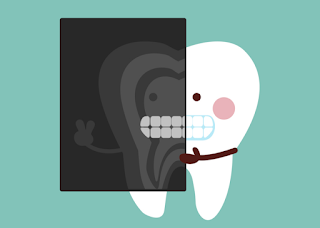FUN FACTS ABOUT SALIVA
Saliva is a fluid produced and
secreted by salivary glands in the mouth. In humans, saliva is
99.5 % water plus electrolytes, mucus,
white blood cells, epithelial cells, enzymes, antimicrobial agents such as secretory
IgA, and lyzozomes.
1. When you
are nervous or frightened, saliva production is reduced.
Suck on sugar-free hard candies, ice
chips, or sugar-free popsicles. Chew sugarless gum (gums containing the sugar
xylitol). These sucking and chewing actions help stimulate saliva flow.
The digestive functions of saliva include
moistening food, and helping to create a food bolus, so it can be swallowed
easily. Saliva contains the enzyme amylase that breaks some
starches down into maltose and dextrin. Thus, digestion of food occurs within
the mouth, even before food reaches the stomach.
3. Saliva contains antibodies the
help promote skin healing and growth.
Saliva contains tissue factor which promotes the blood clotting mechanism. The enzyme lysozyme is found in many tissues and is known to attack
the cell walls of many gram-positive
bacteria, aiding in
defense against infection
4. Saliva is the primary defense
against tooth decay.
5.
Saliva contains a person’s entire genetic blueprint.
A single drop of saliva contains a
sufficient DNA sample to determine your complete genetic makeup.
A salivary gland stone --
also called salivary duct stone -- is a calcified
structure that may form inside a salivary gland or duct. It
can block the flow of saliva into the mouth. The majority of stones affect
the submandibular glands located at the floor of the mouth.
The
stones cause no symptoms as they form, but if they reach a size that blocks the
duct, saliva backs up into the gland, causing pain and swelling. You may feel the pain off and on,
and it may get progressively worse. Inflammation and infection within the affected
gland may follow.
The current world record for the longest salivary stone is 37mm long.
In such
case, you should visit your dentist at the earliest for further evaluation.




Comments
Post a Comment